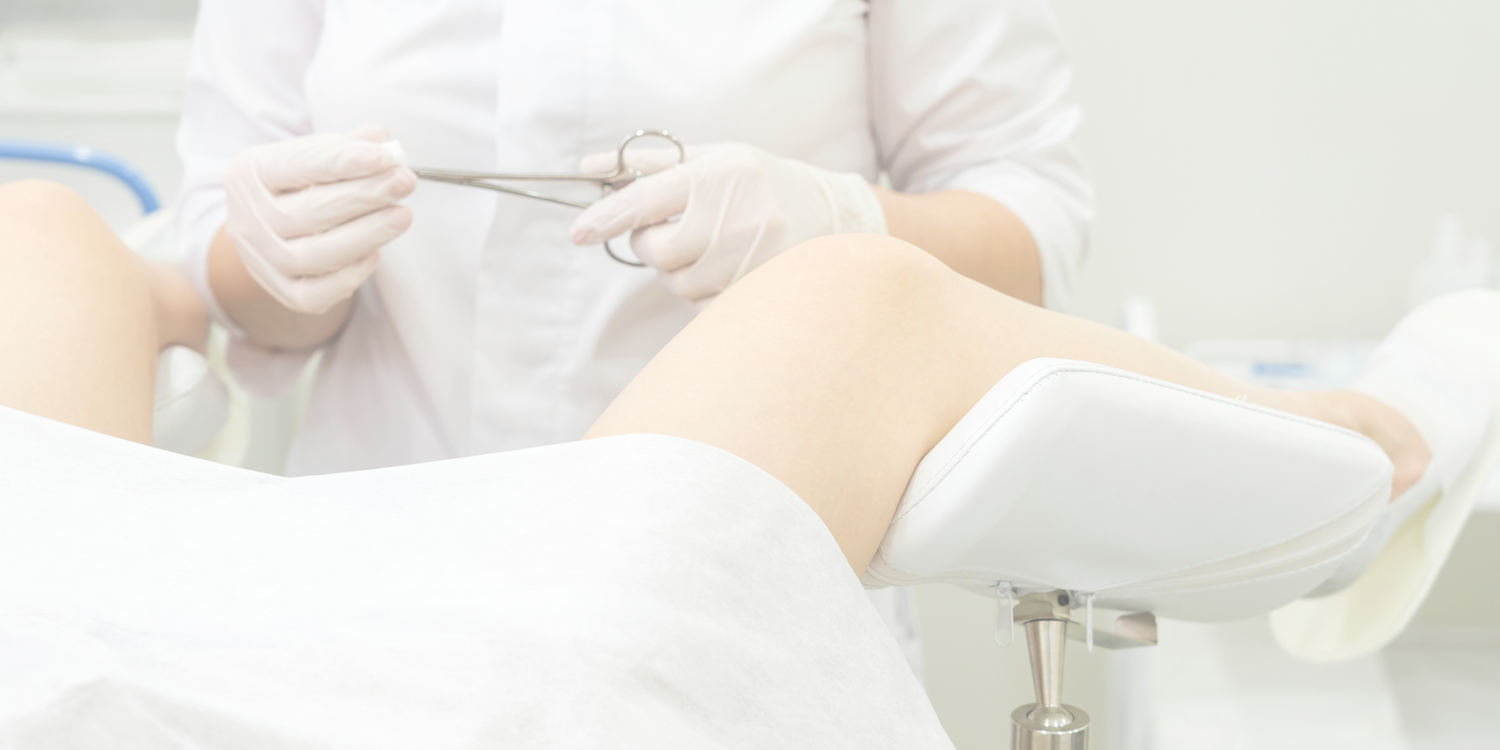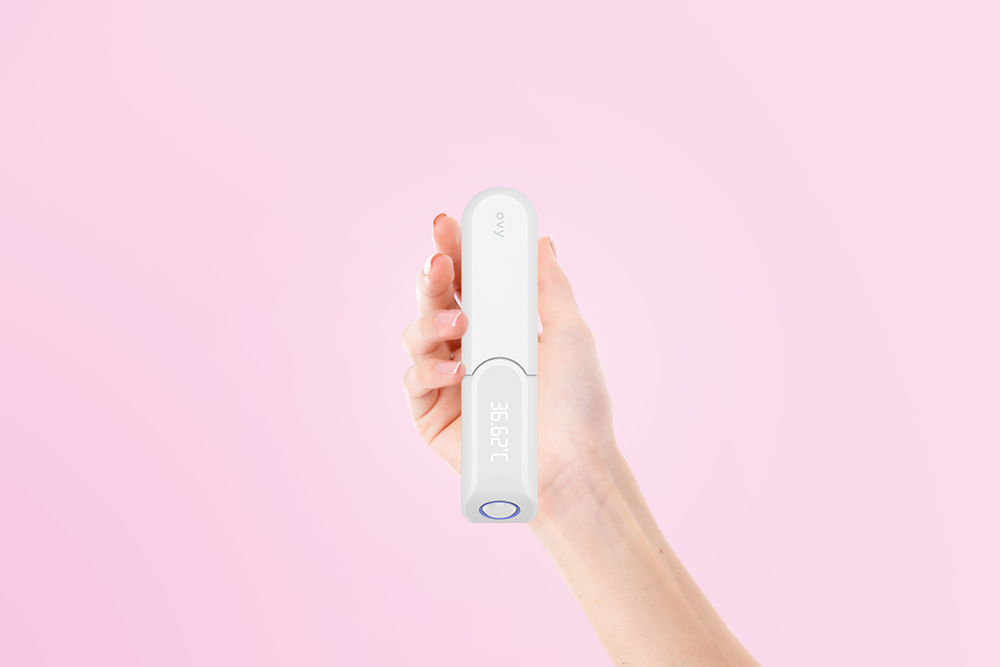Key Takeaways
- The gynecological check-up should be an annual appointment in your calendar.
- It serves to detect gynecological diseases at an early stage and offers the opportunity to talk about possible complaints and ask questions.
- In this article, you will learn how such an examination works, how you can prepare for it and which services are covered by health insurance.
The annual examination by gynecologists is called "gynecological screening", "gynecological cancer screening" or "cancer screening". This is a routine examination aimed at ruling out two of the most common cancers, cervical cancer and breast cancer, in women*, as well as detecting other problems in the female reproductive organs.
At what age are gynecological exams recommended?
Women* 20 years and older are recommended to see gynecologists once a year to detect early signs of cervical cancer. However, young girls can also present to a gynecologist's office with the onset of their period or the start of an active sex life.
Women* 30 years of age and older are also recommended to have breast exams (in addition to breast self-exams, which should be done monthly).
Women* from the age of 50 to the end of 70 are also recommended to have a mammogram every two years.
What is done during the exam?
The annual gynecological screening appointment usually follows a similar schedule. Depending on the practice and the individual needs of the patient:s, the examination steps may vary somewhat. However, a typical screening exam includes the following steps:
Medical history:
If this is your first appointment at this practice, you will be asked to fill out a questionnaire about your medical history. Your gynecologist will discuss this with you. During the consultation, there will be time for questions and advice on various topics, such as the most suitable contraceptive.
Breast palpation:
Your doctor will palpate your breasts and armpits to detect changes, lumps, and other abnormalities. At the same time, guidance can be given on how to regularly examine your breasts yourself.
Gynecologic exam:
During a gynecological exam, you will sit in what is called a gynecological exam chair.
Doctors first examine the visible area of the female genitals: the labia majora and minora, the vaginal entrance, the vagina itself and the cervix.
Doctors palpate the internal organs - especially the uterine body - from the outside through the abdominal wall and the cervix or cervix and uterine body from the inside through the vagina for possible changes.
Then they look at the internal genital organs and use a so-called speculum (mirror) to be able to see them better. This allows doctors to unfold the vagina painlessly and look at it closely.
You can also ask your doctor for a palpation of the rectum.
Cell smear (Pap smear and HPV smear):
During the examination, doctors remove cell material from the cervix and cervix using a brush or spatula. The smear with the cells obtained is sent to a laboratory, where it is examined by pathologists under the microscope and classified into different groups of findings, so-called Pap groups.
The Pap test can be used to find conspicuously altered mucosal cells. In this case, however, change does not mean cancer: much more often, the mucosal cells are changed due to inflammation. Preliminary stages of cancer or true cancer cells are found less frequently. The Pap test should be performed once a year, if possible, to detect and treat changes early.
As part of the cancer screening program, the Pap test is paid for by public health insurers once a year for women* between the ages of 20 and 34.
Women* aged 35 and older can take advantage of a combination examination (co-testing) consisting of a Pap smear and an HPV test every three years. The HPV test is used to detect human papillomaviruses (HPV), which are considered the main cause of cervical cancer.
What services are covered by the health insurance?
Gynecological screening is part of the services covered by the statutory health insurance. The benefits vary depending on the age of the patient. Please note that you will receive specific information from your health insurance company as to which services are covered. However, the following is a list of the most common services that are covered by the statutory health insurance in the different phases of life:
From the beginning of the contraceptive phase:
Medical history and information
Gynecological examination
Pap smear
Chlamydia smear test (up to the age of 25)
HPV vaccination (up to the age of 17)
Assumption of costs for contraceptives (until the age of 19)
From the age of 20:
Medical history and information
Gynecological examination
Chlamydia smear test (until the age of 25)
Pap smear
Blood pressure check
Checking the vaccination status
From the age of 30 onwards:
Palpation examination of the breast and the regional lymph drainage areas
From the age of 35:
Gynecological examination
Palpation of the breast
Cervical screening (combination of HPV test and Pap smear)
From the age of 50 onwards:
Palpation of the intestine or rectum
Mammography (every two years)
From the age of 55 onwards:
Colonoscopy (every ten years)
or: stool test for blood in the stool (every two years).
How do I prepare for a gynecological exam?
Preparing for your gynecological exam is easy and can help ensure that the exam goes smoothly and that you can discuss all of your questions and concerns.Here are some steps you should follow before your screening:
Schedule an appointment:
Make an appointment well in advance. It is advisable to do this in advance, as popular practices do not have available appointments until many months later.
Menstrual cycle:
If possible, schedule your exam outside of your menstrual period. During your period, some exams, such as the Pap smear, may provide less reliable results.
You'll be asked for the first day of your last period as part of your gynecological screening. If you use the Ovy App, you can easily view all of this.
Previous exam reports:
If this is your first gynecological screening or you're going to a new practice, bring any relevant medical records, especially previous exam reports or results. This can help better understand your history before the exam.
Medication list:
Keep a list of all medications, supplements, or vitamins you take. Share this information during your medical history, as some medications or supplements may have an impact on your health.
Note questions:
Think ahead of time if you have specific questions or concerns you want to discuss. It's helpful to write these questions down so you don't forget them.
Hygiene:
You can shower or bathe normally before the exam, but avoid using vaginal douches or strong intimate hygiene products, as they may interfere with the exam.
Comfortable clothing:
Wear loose, comfortable clothing that is easy to take off. In most cases, you will be asked to expose your lower body area while lying on the exam chair.
Relaxation:
Try to be as relaxed as possible before the exam. If you are nervous or anxious, be open about it. Doctors can help ease your anxiety and answer your questions.
Remember that gynecological exams are important to protect your health. Gynecologists specialize in helping you with these issues and will respect your privacy and comfort during the exam.
Medically Reviewed
This text was created by medical editors on the basis of specialist medical literature and current studies. Our aim is to work scientifically, identify sources and regularly check that the content is up to date.





